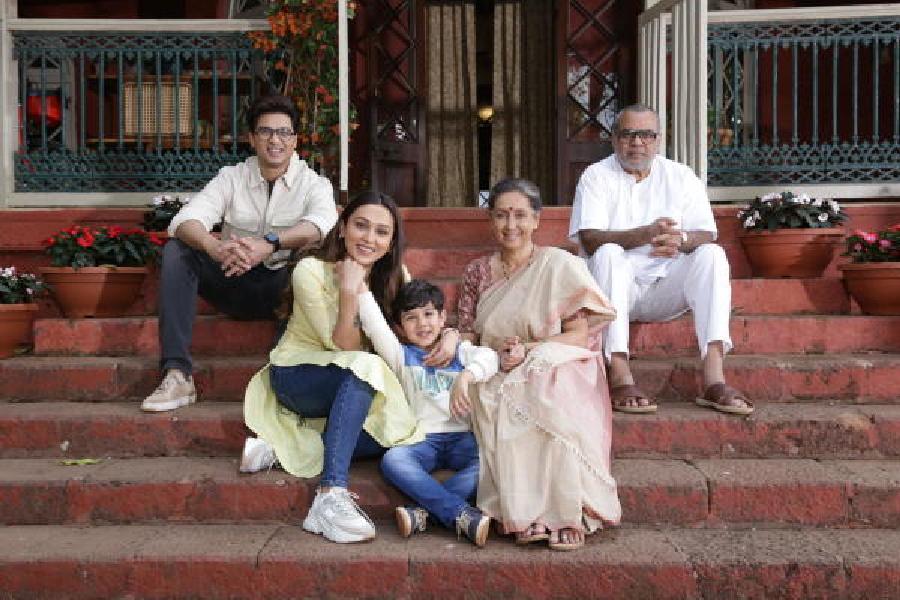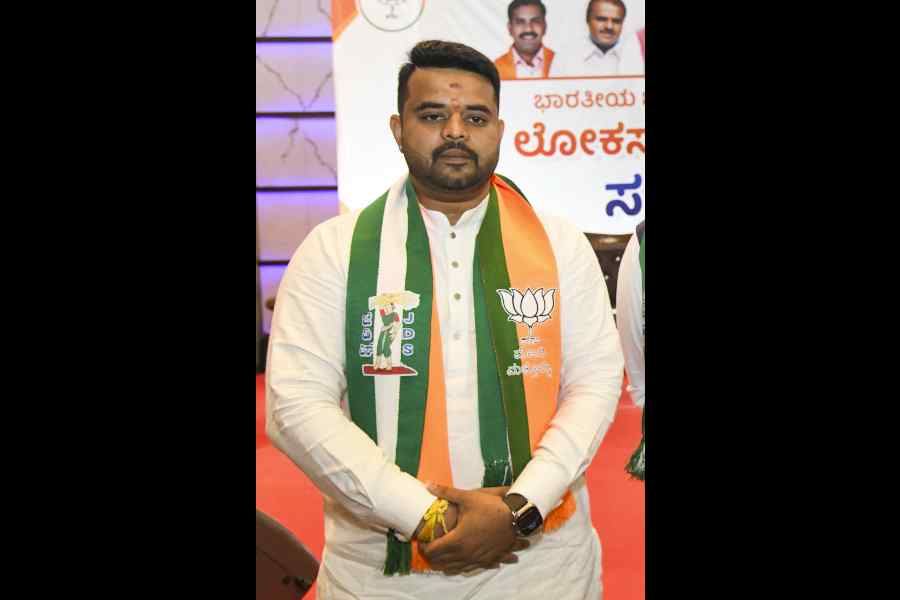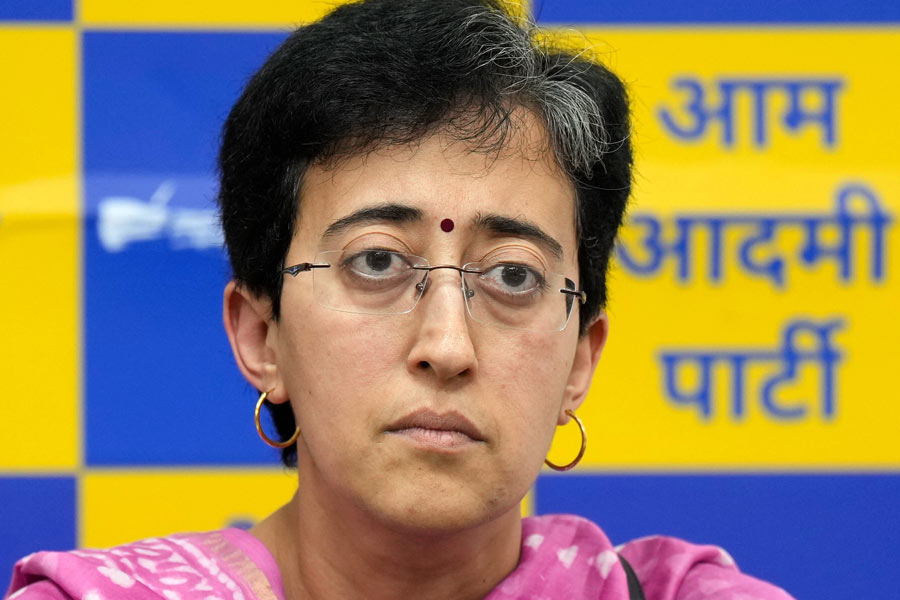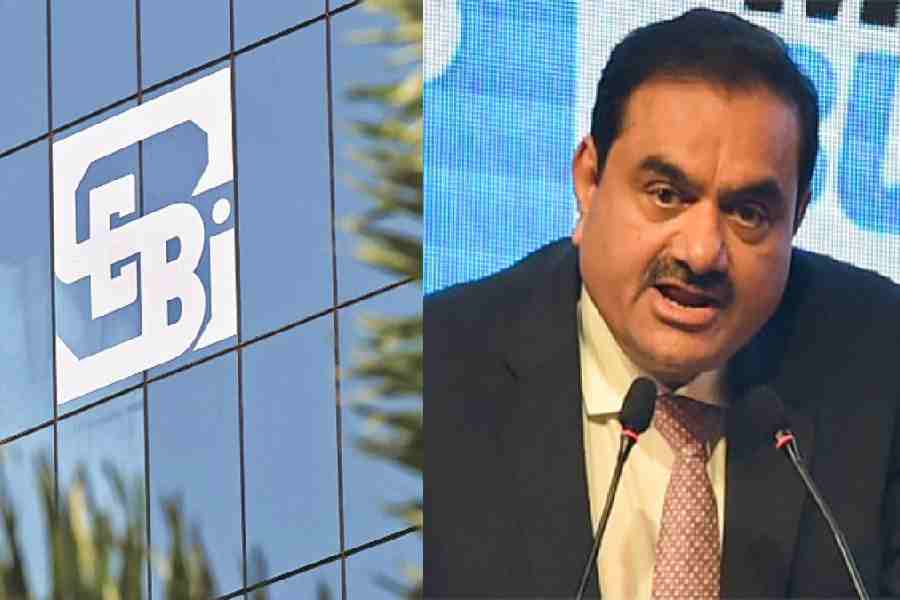Holi is a few days away, but celebrations are in order for directors Nandita Roy and Shiboprosad Mukherjee, whose debut Hindi directorial, Shastry Virudh Shastry, will be screened for the Rajya Sabha members on March 23. The duo are currently in Santiniketan — Tagore’s abode that is known to celebrate Holi (Basanta Utsav) with a unique blend of art, culture and nature — for the shoot of Bohurupi, where the directors got the news that their first Hindi film, Shastry Virudh Shastry, also co-produced by Windows, their own production house, along with Viacom 18, is up for a screening in Rajya Sabha.
The screening is scheduled to take place on March 23 at the GMC Balayogi Auditorium, Parliament Library Building from 11.30am. While this is perhaps the first time that a filmmaker duo from Bengal will be screening their film in Rajya Sabha, we take the opportunity to rediscover what Shastry Virudh Shastry is all about. Here are eight lesser-known facts about the film, which is now available on Netflix.
1. Nandita and Shiboprosad, who are well-known for their socially relevant content that also entertains, forayed into Hindi cinema with Shastry Virudh Shastry in 2023. A story about a legal battle between a grandfather and a father to claim the custody of a child, Yaman aka Momoji, when his parents decide to shift overseas, it holds a mirror to modern-day parenting. For their first Hindi film, they turned to one of their top money spinners at the Bengali box office — Posto. Released in 2017, Posto starred Soumitra Chatterjee as the grandfather and Jisshu Sengupta as the father. “After watching Posto, the audience was divided. One section supported the parents while the other supported the grandparents. In a modern family, the working parents get so busy that they sometimes cannot devote quality time to the child. Similarly, the grandparents miss the company of the kids. The main message is that all of them can live together and spend quality time together. It is also about quality time and quantity time,” said Shiboprosad.
2. While this is the director duo’s first Hindi film, Shastry Virudh Shastry also marks the Hindi debut of another homegrown talent, Mimi Chakraborty. The latter was part of the Bengali original, Posto and delivered a more refined performance as the mother of Yaman in Shastry Virudh Shastry. But the role did not fall into Mimi’s lap. The actress had to audition for the part, as the directors wanted to check her Hindi dialect. She got a call from the directors seven days later, informing that she was on board. “Mimi Chakraborty is wonderful in the film, she has really matured as an actress,” said Shiboprosad.
3. A bunch of musicians from Bengal have worked on the album of Shastry Virudh Shastry, which has everything from party songs to melodious numbers that touch your core. While composer Anupam Roy has two songs in the film, a deep resounding melody of grief, Khushi ke bahane, rendered by Sonu Nigam and a more fun, peppy song like Natkhattu, sung by Amit Mishra, Arindom has a party song called Dil kare badmashiyan. Anindya Chattopadhyay too pulled off a coup by making Swanand Kirkire sing his Jugnu, the Hindi version of Chandrabindoo’s popular song, Raat jaga tara. Prabuddha Banerjee is yet another musician from Bengal who remained invested in the film through and through and also composed the background score.
4. Shastry Virudh Shastry will be remembered as one of Ustad Rashid Khan’s last-known works. The exponent of classical music breathed his last in Calcutta recently. Known for a huge repertoire of songs, Ustadji recorded the song Lagi lagan for the film. The situation in the film is that of the grandfather performing with his grandson at a school function, and not many know that the maestro recorded it around five times as he was performing with a child artiste (Ekorshi Sengupta), as he wanted the song to be perfect with the blending of the two voices in equal measure.
5. Paresh Rawal’s nuanced performance as a music teacher, who moves court against his own son, was so well appreciated that it made the veteran actor teary-eyed. In a voice note sent to Shiboprosad, the actor said, “I am simply overwhelmed and touched, for such a wonderful film that you have given me. I can only say that I pray to God to grant you a very long life. My career as an actor would have been thoroughly incomplete if I wouldn’t have done this film. What a tender film you have made! I am thankful that such a subject was handled by someone like you, it’s so heart-touching.”
6. For Shastry Virudh Shastry, the first man to come on board the film after the directors was cinematographer Sanu John Varughese ISC. The Indian cinematographer has already done substantial work in Hindi, Malayalam, Tamil and Telugu cinema and has earned repute for his lyrical frames.
7. Shastry Virudh Shastry is based on a case in the Calcutta High Court in 2007. In an interview, the directors had said while researching they found out that 7.5 million children in the US were raised by their grandparents and the same holds true for half of China. Not many know that the film was also inspired by the real-life story of director Aritra Mukherjee, who also assists Nandita and Shiboprosad. Aritra’s children live with their grandparents in Santiniketan, while he lives in Calcutta. The kids also address the grandmother as ‘Maa’. “The message of the film is that a child needs the love, affection and care of parents and grandparents. It is about bonding and the growth of the child,” said Nandita.
8. Despite a limited theatrical release, Shastry Virudh Shastry connected with a huge audience after its release on Netflix. It was on Netflix’s Top 10 for a good 20 days straight, reasserting faith in relatable stories that connect every household. Screening in Rajya Sabha is certainly a reward for all the good work.










